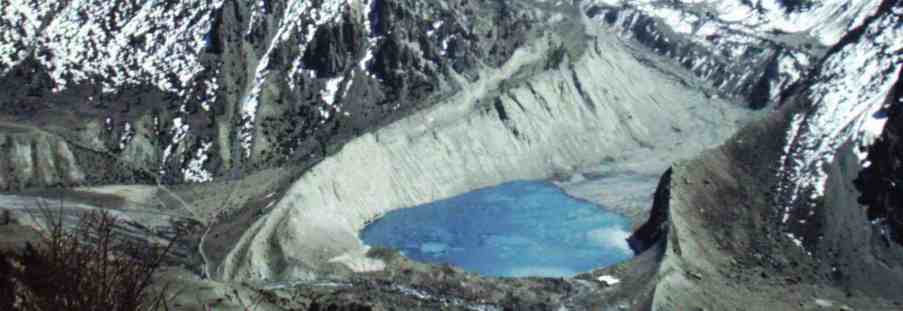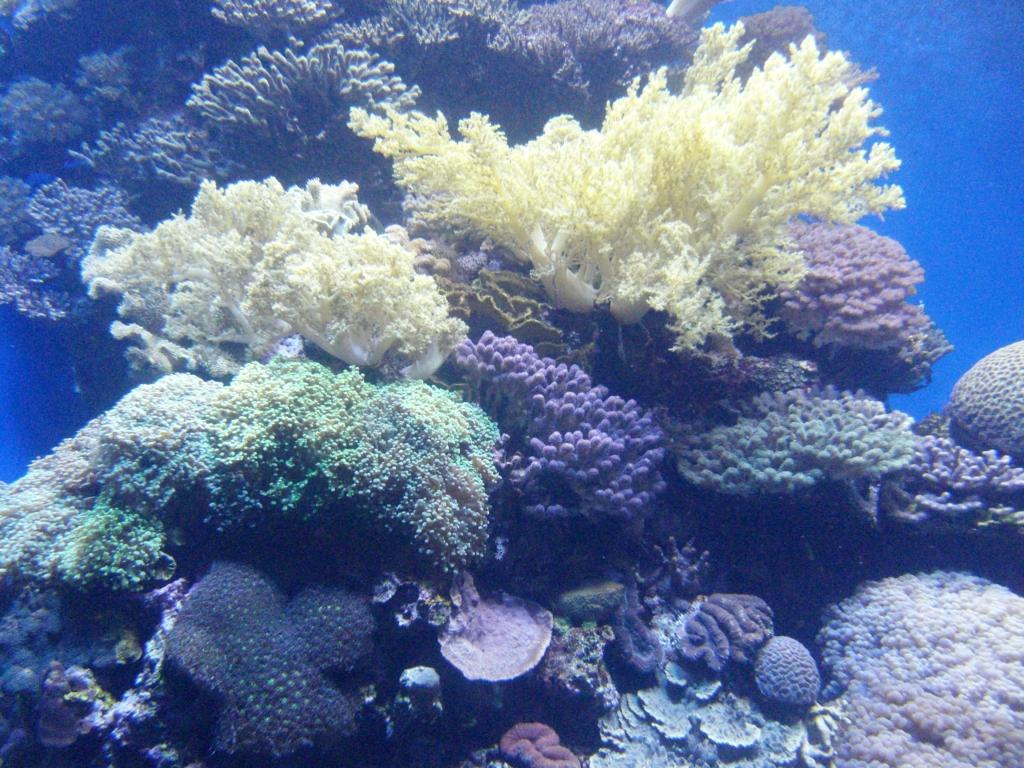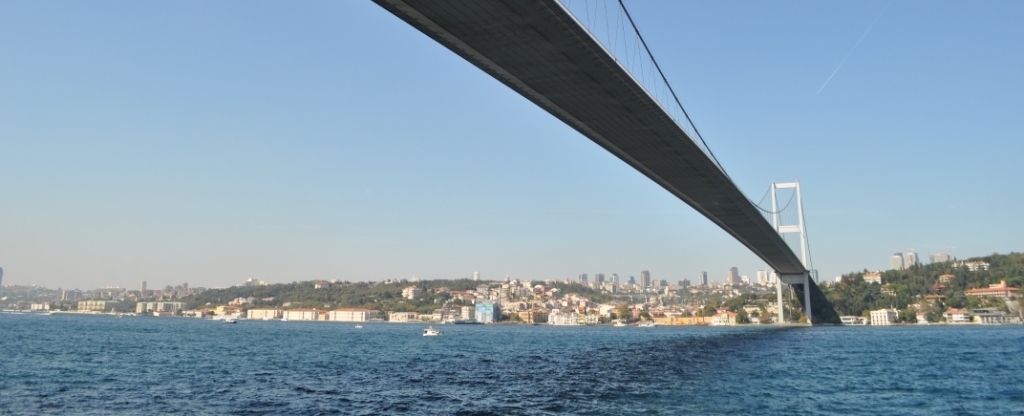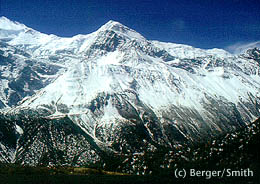
I am sitting among a group of trekkers talking about oxygen. We sound like misers: Do we have enough, is there ever too much, how can we get more? We’ve gathered at the modest headquarters of the Himalayan Rescue Association in the town of Manang, located at 11,500 feet on the Annapurna Circuit just south of the mountain border with Tibet. We are here to learn how to stay alive.
At 11,500 feet, the air sparkles clear and sharp, but brains can be fuzzy and thinking blurred: The air pressure here is only about 66 percent of what it is at sea level, meaning that with every breath, you take in 33 percent less air, and hence, 33 percent less oxygen. Fortunately, we’ve walked here, slowly, and have had a bit of a chance to acclimatize. But we are headed to Thorong La, the infamous high point on the Annapurna Circuit, elevation 17,800 feet, where the air pressure will drop again, to 52 percent of what it is at sea level. Many of us have never been that high before.
Two nurses are leading a presentation on altitude sickness, as they do every day throughout the trekking season here, and at several other potentially dangerous high altitude trekking spots in Nepal. The presentation is designed to educate trekkers about the symptoms and dangers of acute mountain sickness. Or, more simply: to save lives.
In Your Bucket Because….
- If you’re going to climb to high altitudes, you should know what it takes to stay alive.
- You’re learning about altitude sickness from the world’s experts in the field.
- Good for all trekkers: You can put this knowledge to use in the U.S. and Europe, too.
The Himalayan Rescue Association
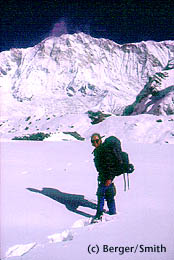
The Himalayan Rescue Associations is a collaboration among volunteer visiting doctors, Nepali health officials and doctors, and representatives from trekking companies. Founded in 1973 during the early days of expanding trekking tourism in Nepal, the H.R.A was a response to the fact that high altitude trekking was no longer attracting only skilled mountain specialists, but had begun to appeal to inexperienced tourists who were dying of ignorance in the high altitudes of the Himalayas.
Nepal’s most popular trekking routes reach elevations that can kill: nearly 18,000 feet at Everest Base Camp and at Thorong La on the Annapurna Circuit, and more than 16,000 feet on other popular routes. Most trekkers have no experience at such altitudes, and no idea of the symptoms or life-threatening dangers of altitude sickness.
The first station was opened in 1973 at the hill town of Pheriche in the Khumbu region on Nepal’s Mt. Everest Trek, at an altitude of about 14,000 feet. During the trekking seasons, it was manned by volunteers who lived in yak herders’ huts and tents. A second station was opened in 1981, in Manang, a three-day walk from the Annapurna Circuit’s Thorong La. Other temporary posts have since been established. Currently, there are satellite aid stations at the base of Thorong La and at Everest Base Camp. At the aid stations, doctors provide education, screening, and treatment; if necessary, they also aid in rescues of afflicted trekkers
Educating Nepal’s Trekkers About Altitude Sickness
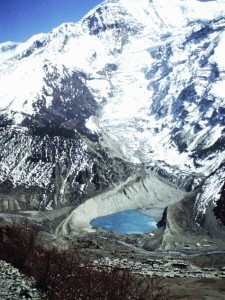
Where altitude sickness is concerned, prevention is always the best course of action. This is particularly true in Nepal, where rescue is difficult because there are no roads into the trekking areas. Air-rescue is expensive and often impossible because of weather conditions and terrain.
The Himalayan Rescue Association program focuses on prevention, publishing a series of educational pamphlets available in Kathmandu hotels and trekking agencies. But mostly doctors and nurses talk to trekkers. During the trekking season, they hold daily lectures at the hill-town stations. By screening trekkers as they come through, and by teaching trekkers to screen themselves and their porters, the H.R.A Rescue Association has reduced the incidents of mountain sickness.
The lectures teach trekkers to acclimate slowly and to recognize symptoms known in mountaineering circles as the “umbles” (grumbles, mumbles, stumbles, bumbles). Basically, any sign of malaise at altitude is probably due to the altitude, including headaches, nausea, blurred vision, short temperedness, and irritability.
As we walked back from the lecture, we began to sound like typical medical students who start thinking they have all the symptoms of the disease du jour. It’s the altitude. Not feeling hungry at dinnertime? The altitude. Crabby at your hiking partner? Altitude. Weak on the trail, a tiny bit nauseated, that squabble a couple of days back? All altitude. The argument we’d had a day back? Altitude, of course.
Which is all probably true, but I guess there’s altitude sickness, and then there’s altitude sickness. A few minutes later, a fellow trekker came stumbling into camp, uttering something about needing “altitude pills.” Unfortunately, Diamox, the medication popularly used to combat A.M.S., is a preventative, not a cure: By the time a trekker is showing symptoms, it’s too late to use Diamox; you’ve got two choices: wait if out, if the symptoms are minor, or descend if they are not. Also unfortunately, one of the other symptoms of altitude sickness is bull-headedness, or, at least, the inability to think rationally.
This particular trekkers was not inclined to listen to a bunch of cautionary twaddle from people he didn’t know. I don’t know what happened to him: He staggered into the night, and we didn’t hear any more about him, which on this one-way, one-path trail was good news. It won’t surprise mountaineers that some people won’t turn back on a trek; they don’t turn back on mountains, either. Nor is it news that what happens next can be wildly unpredictable: Success, triumph, or death, sometimes with only a hair’s breadth of difference between them.
Treating Trekkers, Locals, and the Occasional Donkey
The doctors and nurses at the field stations can’t complain of boredom: In the course of a day, they might provide preventative care for trekkers, collect data for the Himalayan Rescue Association’s comprehensive research on the subject of altitude sickness, provide free and low-cost medical care to local villagers who live near the stations, or even treat a yak or a donkey. These are remote towns, far from any roads, and the health care provided by the volunteer doctors is the only western medical care available.
More surprising to me was that many of the patients treated here are Nepali porters and guides. Notwithstanding their reputation of superhuman acclimatization, it turns out that many of the porters are susceptible to altitude sickness, in part because a sherpa is not necessarily a Sherpa. The proper noun refers to a tribe of people native to the Sol Khumbu region near Mt. Everest, many of whom do have above-average acclimatization to altitude. The common noun has taken on the meaning of porters who do jobs once almost exclusively performed by Sherpas, but now done by others, including lowlanders from villages near Pokhara or Kathmandu. They are as unused to the lung-busting elevations as hikers — and even less likely to admit to it, since their jobs depend on their strength.
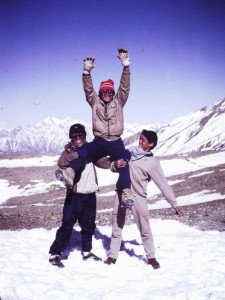
Back in camp, I see our porters. One has a bandana soaked in cold water tied around his head. “His head hurts,” one of the others tells me, while the afflicted porter tries to shush him.
“Altitude sickness?” I ask, but the porter shakes his head. He doesn’t want me to think he can’t handle the job. He wants to be strong. Yesterday, under the sway of television specials that portray Nepali porters as some sort of mountain superhumans, I might have believed him. But we hired him in Kathmandua; he is not a Sherpa, capital “S;” he is a sherpa, small “s.” And today, I know that he is as susceptible as I to A.M.S.
“We are taking a rest day tomorrow,” I tell Nir Kumar, our sirdar. He doesn’t object.
Sometimes, the Himalayan Rescue Association has no way of knowing just how many people it has helped.
Practicalities
- Most people who fly from sea level to 5,000 feet feel the effect of altitude, perhaps as shortness of breath when exercising. New arrivals to altitudes of 8,000 feet commonly feel mild symptoms such as headaches or slight nausea. More serious symptoms typically set in at about 11,000 or 12,000 feet.
- Hydration is essential for preventing both altitude sickness and hypoterhermia in mountain settings.
- The best prevention is slow acclimitization. At any sign of symnptoms, take a rest day, and if they do not abate, go down to the last altitude at which you felt healthy.
